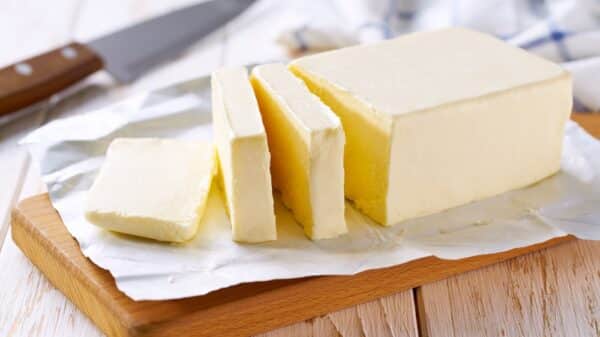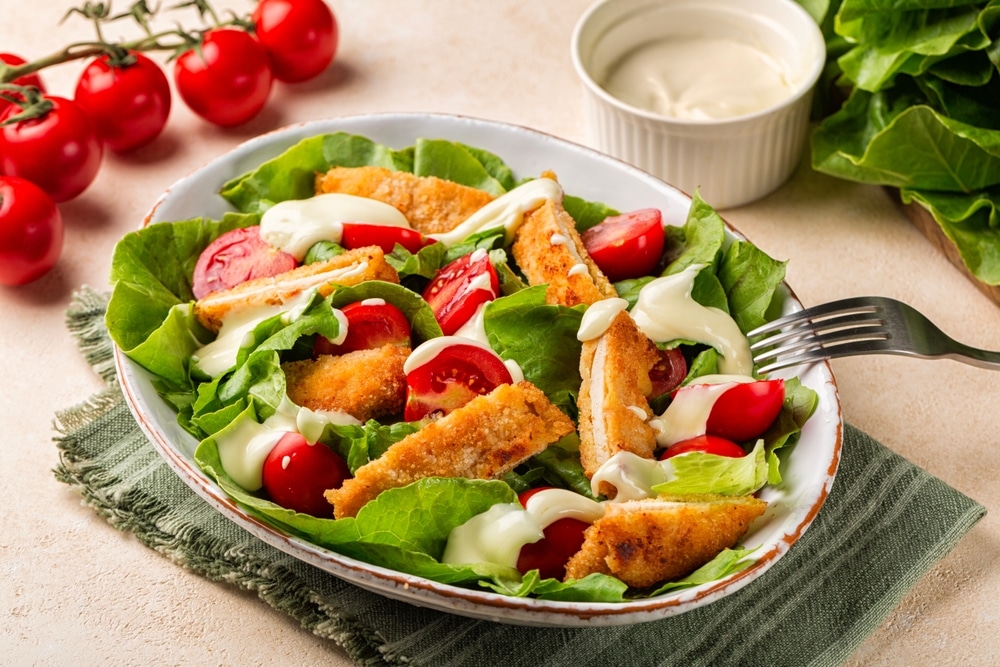A great dressing can enhance or ruin a salad. If you consider salads to be bland or uninteresting, it might be due to utilizing inferior components or standard bottled dressing. Crafting your own from scratch is a superior choice, yet there are still many pitfalls. There are several errors that people frequently encounter with salad dressings that leave them uninspired and disheartening of your salads.
Many people default to standard white vinegar or apple cider vinegar, assuming they are the go-to choices for every dressing. While these vinegars have their merits, confining yourself to just one type limits the explosion of flavors that various vinegars can introduce. Why not try balsamic vinegar for a touch of sweetness that can elevate a simple mixed green salad? Or perhaps red wine vinegar, which adds a robust zest perfect for hearty salads that feature grilled vegetables or proteins?
Exploring the world of vinegars can be game-changing. Try rice vinegar, which brings a delicate sweetness that pairs beautifully with Asian-inspired salads. Or experience the tanginess of champagne vinegar—it can give your homemade dressings a gourmet twist that will leave your taste buds tingling. Experimenting with different vinegars is akin to the joy of discovering new condiments or spices; it can entirely transform your meal and keep your salads exciting.
Take the plunge and play around with your vinegar options! The beauty of making your own dressings is you can customize the flavor to your liking. You might find a new favorite that makes you ditch the bottled dressings for good, or at least make them gather dust in the pantry as you whip up fresh, zesty combinations at home.
Remember, a vibrant homemade salad dressing can truly be the highlight of your meal. Don’t let it fall to the wayside due to overused ingredients or monotonous flavors. Take pride in your culinary creativity—your salads will thank you for it! By sidestepping these common dressing pitfalls, you’ll not only enhance the flavor of your salads but also rekindle your love for this nutritious dish. Say goodbye to those lackluster bowls of leafy greens and say hello to crunchy, flavor-packed creations that you can’t wait to dive into!Creating the perfect salad dressing can feel like a high-stakes culinary endeavor, particularly when you’re juggling flavors, textures, and personal preferences. The right dressing has the power to elevate a simple salad into a delightful dish. However, many home cooks often fall into the same pitfalls. Let’s dive deeper into some of the most common mistakes and how you can avoid them to achieve that ideal dressing every time.
When you think about vinegars, white vinegar might come to mind first. Sure, it gets the job done without being offensive, but if you want to truly elevate your dressing, you might want to reconsider. White wine vinegar, for instance, brings a subtle complexity that can dance beautifully with the other ingredients. It’s perfect for those moments when you want the dressing to support rather than overpower your salad’s star players. On the other hand, red wine vinegar packs a richer, full-bodied punch, which can totally transform a salad from bland to bold. And if you’re leaning toward something a little sweeter, balsamic vinegar offers that deep, luscious flavor profile with a mild acidity that feels luxurious, particularly when paired with roasted vegetables or creamy cheeses.
Then there’s cider vinegar, a staple in many kitchens because of its fruity notes. It’s delightful if you’re striving for a fresh taste, but it can be tricky to use in all contexts. Looking for a dressing with a fruity kick? Raspberry vinegar is your friend—juicy and vibrant, it adds a unique twist to your greens. If you’re crafting a salad with East Asian flavors, rice vinegar is a fantastic choice, providing a milder sweetness that just works.
Now, let’s set the record straight on vinaigrette ratios. It’s like the holy grail of salad dressing—a well-balanced combination of oil and vinegar. The classic formula is simple: three parts oil to one part vinegar. Picture this: for every three tablespoons of olive oil you pour into your bowl, you add one tablespoon of your chosen vinegar. Easy, right? But don’t be afraid to play around with it. If you like your dressing with a bit more bite, a two-to-one ratio can be just the ticket. On the other hand, if you crave something richer, you might want to go four parts oil to two parts vinegar. Ultimately, it’s about what sings to your palate.
One of the biggest hurdles many face is achieving that delightful emulsion—the silky blend of oil and vinegar that makes your dressing feel cohesive. It sounds so simple, right? But before you know it, your dressing can separate into watery sadness. To avoid that, add your oil gradually while whisking or blending vigorously. It’s like a dance—slowly pouring the oil in while the whisk creates a whirlpool of flavor. And consider employing an emulsifying agent, like mustard. A spoonful can work wonders, sticking those ingredients together like best friends. If you’re feeling adventurous, you might even try adding an egg yolk for that creamy touch, but remember, this isn’t for everyone. If you or someone you’re serving is cautious about raw eggs, steer clear.
Now, if disaster strikes and your lovingly crafted emulsion breaks, fear not! Simply give it a good shake or whisk again, and it usually can be resurrected. If it’s one of those fancier emulsified dressings, blend a teaspoon of lemon juice with a portion of the dressing, and then slowly incorporate the separated mixture. It’s a little life-saving hack that can bring your dressing back from the brink!
Another thing to watch out for is the sweetness level in your dressings. It’s all too easy to go overboard with sugar, honey, or those maple syrup drizzles. Suddenly, what should be a zesty dressing becomes a candy-coated disaster. It’s essential to taste as you go—just because a recipe suggests a certain amount of sweetener doesn’t mean you have to follow it to the letter. If you find yourself with a sweet dressing that makes your teeth ache, a sprinkle of salt can balance that out beautifully. But instead of just dumping salt in there, think about incorporating flavor-rich salty ingredients like miso, capers, or even a bit of cheese. These can enhance your mixture and add layers of complexity. Just be careful not to tip the scales into saltiness; if you do, a bit of extra oil or vinegar can help bring it back to harmony.
Making salad dressings at home can be both an art and a science. Embrace the process, experiment, and don’t shy away from adjusting according to your taste. Every salad deserves a dressing that sings, so let your creativity flow, and soon enough, you’ll have your own signature concoctions to relish and share.































